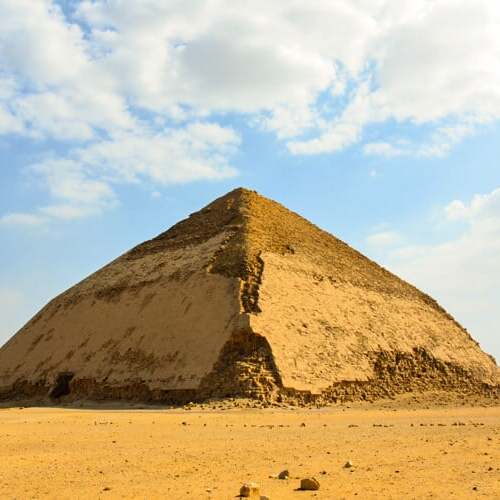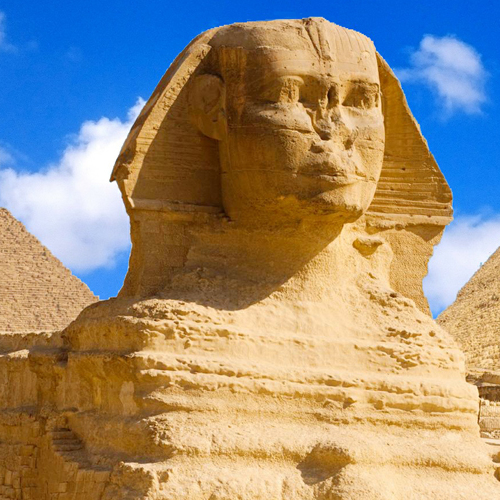No other nation in the world says ‘Welcome’ as often as the Egyptians, and every time, they mean it. While the ancient civilization of Egypt continues to amaze, contemporary Egyptians are equally remarkable.
Memphis {Mit Rahina Museum}
Discovering Mit Rahina Museum: Gateway to Ancient Memphis
Nestled in the heart of Egypt, the Mit Rahina Museum stands as a testament to one of the earliest and most significant chapters in human history. This site, once known as Memphis, served as the cradle of civilization and the inaugural capital of a unified Egypt around 3100 BC, under the rule of King Menes. This historic feat not only marked the dawn of a new era in Egyptian history but also established Memphis as a center of power, culture, and innovation for over two thousand years.
As the foremost city of its time, Memphis was adorned with splendid temples dedicated to Ptah, the god of craftsmen and architects, alongside luxurious royal palaces and a myriad of other monumental structures. Today, the legacy of this once-glorious city is preserved in the ruins of the Grand Temple of Ptah, offering a rare glimpse into its past magnificence.
The Mit Rahina Museum, an open-air exhibit, captures the essence of the New Kingdom era, with a significant focus on Ramses II, one of Egypt’s greatest pharaohs known for his extensive building projects. Among the museum’s notable treasures are the Colossi of Ramses II, one of the world’s largest statues, and the famed alabaster Sphinx. Additionally, the museum showcases numerous statues of Ramses II, the Goddess Hathor—symbolizing beauty and love in ancient Egypt, and other fascinating artifacts that narrate the rich tapestry of Memphis’s history.
This museum is not just a collection of ancient relics; it is a portal to the past, offering insights into the grandeur of ancient Egypt’s first capital. Through its exhibits, the Mit Rahina Museum invites visitors to explore the architectural and cultural achievements of a civilization that has shaped the course of human history.
Created on 15th of August 2014
Updated on 26th of February 2020



